Best way to get rid of heat bumps. Conquering Heat Rash: Your Ultimate Guide to Relief and Prevention
How to effectively treat and prevent heat rash? Discover the symptoms, causes, and best home remedies to get rid of prickly heat quickly. Expert advice on managing this common summer skin condition.
Understanding Heat Rash: Symptoms and Causes
Heat rash, also known as prickly heat or miliaria, is a common skin condition that occurs when sweat glands become blocked, trapping perspiration under the skin. This can lead to the development of small, itchy red or pink bumps, often resembling pimples or bug bites. Heat rash is typically found in areas with high sweat production, such as the neck, armpits, groin, and under the breasts.
The primary cause of heat rash is excessive sweating, which can occur during hot and humid weather or as a result of wearing tight, non-breathable clothing. Babies and older adults are particularly prone to heat rash due to their inability to regulate body temperature as effectively as healthy adults.

Identifying the Different Types of Heat Rash
There are three main types of heat rash, each with its own distinct appearance:
Miliaria Rubra (Prickly Heat)
The most common form of heat rash, miliaria rubra appears as small, red or pink bumps that may feel itchy or prickly. This type of heat rash is caused by sweat being trapped in the upper layer of the skin.
Miliaria Crystallina
Miliaria crystallina manifests as clear, fluid-filled blisters that often break easily. This type of heat rash is caused by sweat being trapped just beneath the skin’s surface.
Miliaria Profunda
Miliaria profunda presents as deeper, more painful cysts that can be skin-colored or red. This type of heat rash is caused by sweat being trapped deeper in the skin, near the sweat glands.
Effective Home Remedies for Heat Rash
Fortunately, heat rash is usually a harmless and self-limiting condition that can be effectively treated at home. Here are some of the best home remedies to soothe and alleviate the symptoms of heat rash:
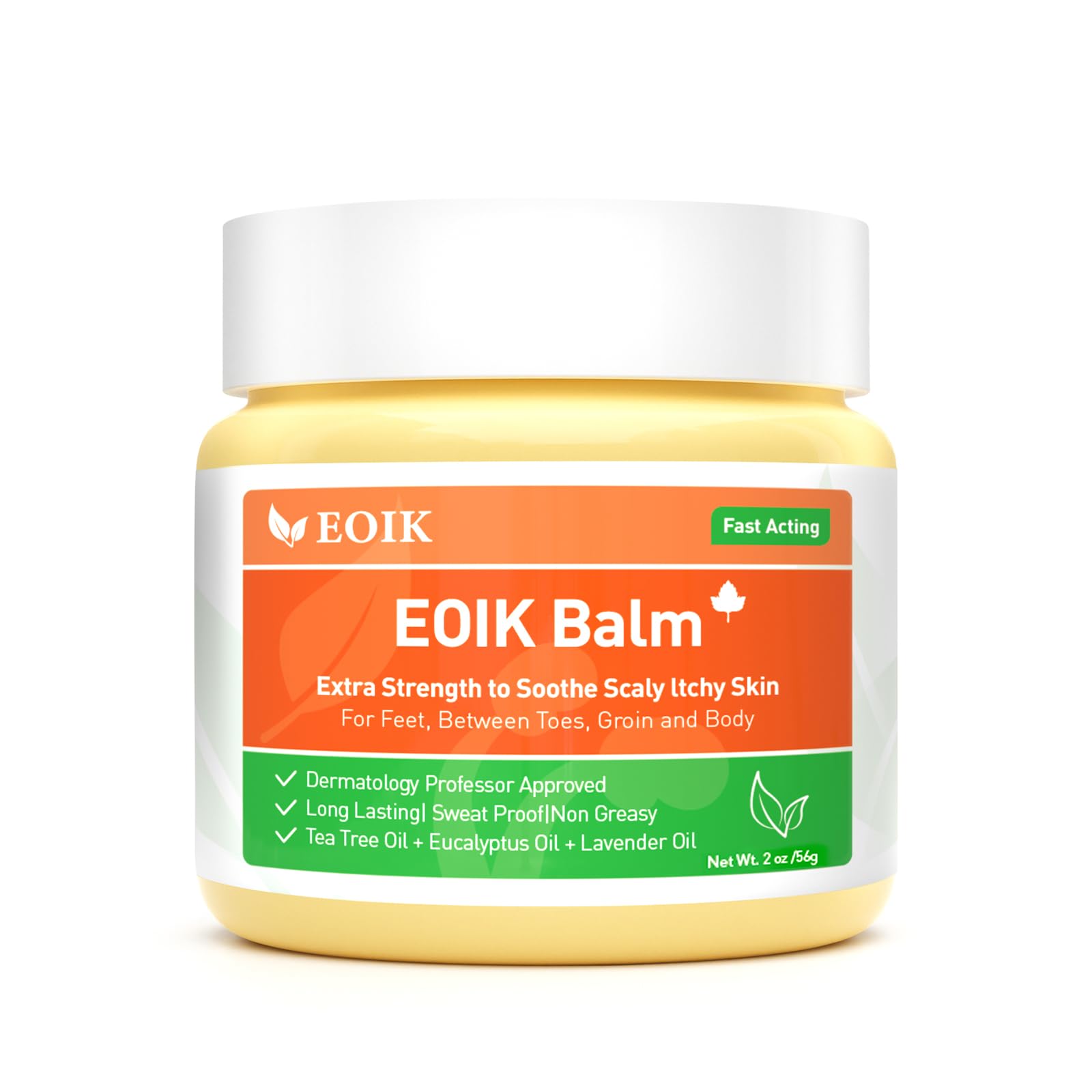
1. Keep the Skin Cool and Dry
One of the most important steps in treating heat rash is to keep the affected areas cool and dry. Wear loose, breathable clothing, avoid excessive sweating, and take cool baths or showers to help reduce irritation and prevent further blockage of the sweat glands.
2. Use Soothing Lotions and Creams
Applying a thin layer of over-the-counter hydrocortisone cream or calamine lotion can help reduce itching and inflammation associated with heat rash. Avoid using perfumed products, which can further irritate the skin.
3. Try Aloe Vera
The soothing and cooling properties of aloe vera make it an effective natural remedy for heat rash. Simply apply a thin layer of pure aloe vera gel to the affected areas to provide relief from itching and promote healing.
4. Take Antihistamines
Oral antihistamines, such as cetirizine or loratadine, can help reduce the itchiness and discomfort caused by heat rash. Be sure to follow dosage instructions carefully, especially for children.
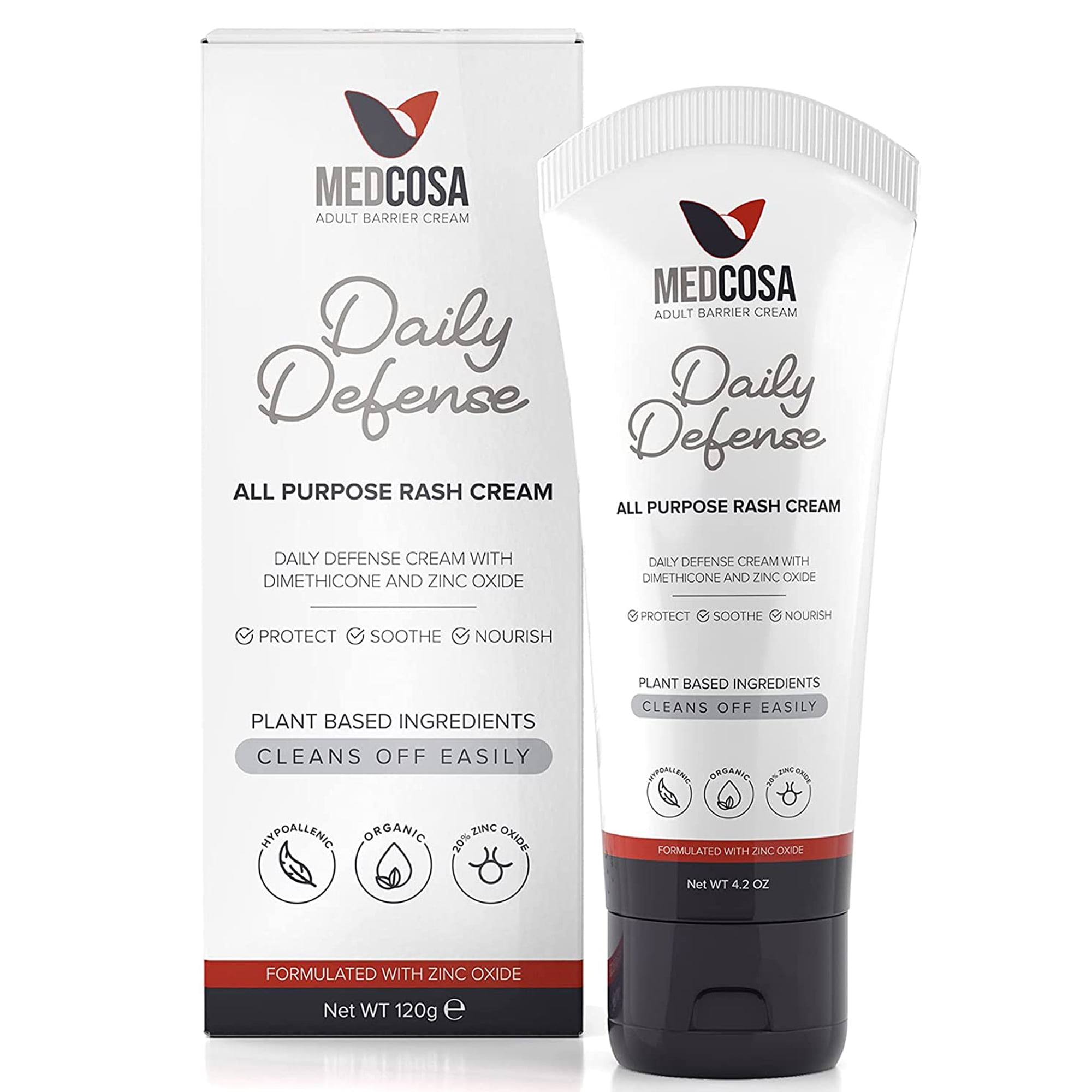
5. Apply a Cold Compress
Placing a cool, damp cloth or ice pack (wrapped in a thin towel) on the affected areas for up to 20 minutes can help soothe the skin and reduce inflammation.
When to Seek Medical Attention
While heat rash is usually a harmless condition that resolves on its own, there are some instances when it’s best to seek medical advice:
- If the rash does not improve within a few days
- If the rash appears to be spreading or worsening
- If the affected individual experiences fever, chills, or other signs of infection
- If the rash is severe or covers a large area of the body
- If the rash occurs in infants or young children, as they may require specific treatment
A healthcare provider can evaluate the rash, rule out any underlying conditions, and recommend appropriate treatment, if necessary.
Preventing Heat Rash
To help prevent the occurrence of heat rash, consider the following strategies:
- Wear loose, breathable clothing that allows for proper air circulation
- Avoid tight-fitting or occlusive garments that can trap sweat
- Stay hydrated by drinking plenty of water throughout the day
- Limit time in hot, humid environments and take breaks to cool down
- Maintain good personal hygiene, including regular bathing and keeping skin clean and dry
- Use a gentle, fragrance-free moisturizer to keep skin healthy and hydrated
- Consider using a powder-based antiperspirant to help control excessive sweating
By following these simple tips, you can help reduce your risk of developing heat rash and enjoy the warmer months without the discomfort of this common skin condition.
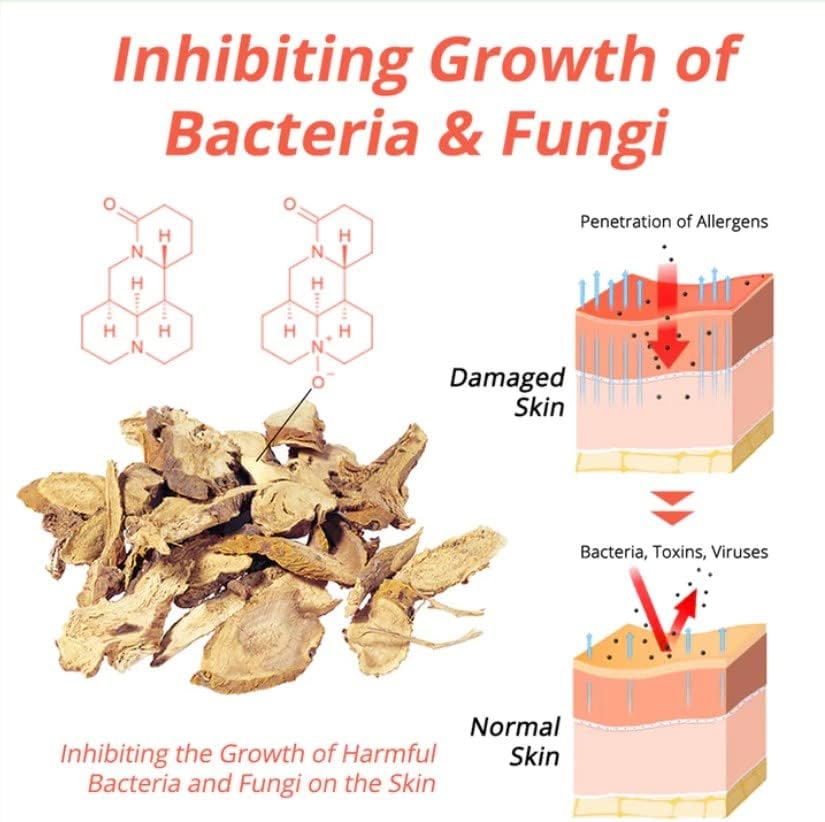
Conclusion
Heat rash is a widespread and often benign skin condition that can be effectively managed with the right home remedies and prevention strategies. By understanding the symptoms, causes, and treatment options, you can quickly find relief and prevent the recurrence of this summertime skin irritation. Remember, if the rash persists or worsens, it’s always best to consult with a healthcare professional for proper evaluation and treatment.
Heat rash (prickly heat) – NHS
Heat rash is uncomfortable, but usually harmless. It usually gets better on its own after a few days.
Check if you have heat rash
The symptoms of heat rash are:
- small, raised spots
- an itchy, prickly feeling
- mild swelling
The rash often looks red, but this may be less obvious on brown or black skin.
The symptoms of heat rash are often the same in adults and children.
It can appear anywhere on the body and spread, but it cannot be passed on to other people.
Heat rash appears as raised spots that are 2mm to 4mm across. Some spots may be filled with fluid.
Credit:
CID – ISM / SCIENCE PHOTO LIBRARY https://www. sciencephoto.com/media/1036411/view
sciencephoto.com/media/1036411/view
If you’re not sure if your child has heat rash
Look at other rashes in children.
How you can treat or prevent heat rash yourself
The main thing to do is keep your skin cool so you do not sweat and irritate the rash.
To keep your skin cool
- wear loose cotton clothing
- use lightweight bedding
- take cool baths or showers
- drink plenty of fluid to avoid dehydration
To calm the itching or prickly feeling
- apply something cold, such as a damp cloth or ice pack (wrapped in a tea towel) for up to 20 minutes
- tap or pat the rash instead of scratching it
- do not use perfumed shower gels or creams
A pharmacist can help with heat rash
Speak to a pharmacist about heat rash. They can give advice and suggest the best treatment to use.
They can give advice and suggest the best treatment to use.
A pharmacist might recommend:
- calamine lotion
- antihistamine tablets
- hydrocortisone cream – though not for children under 10 or pregnant women as they need to get advice from a doctor before using this treatment
Non-urgent advice: See a GP if:
- the rash does not improve after a few days
- your baby has a rash and you’re worried
Causes of heat rash
Heat rash is usually caused by excessive sweating.
Sweat glands get blocked and the trapped sweat leads to a rash developing a few days later.
Babies often get heat rash because they cannot control their temperature as well as adults and children can.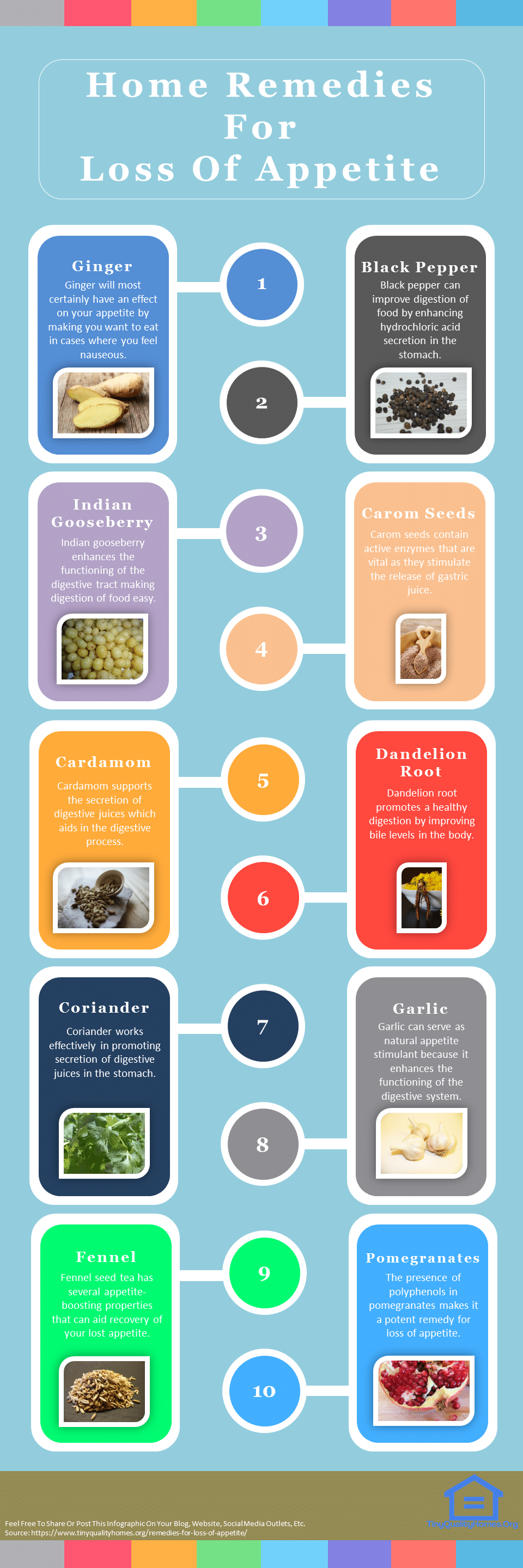
Page last reviewed: 15 February 2021
Next review due: 15 February 2024
Heat Rash Treatment: 9 Home Remedies
- The best heat rash treatment methods include medicated creams, aloe vera, or cool cloths.
- Heat rash looks like small red or pink bumps, which may appear similar to bug bites or pimples.
- To get rid of heat rash, avoid sun, wear breathable fabrics, and keep cool.
After a hot day in the sun, have you ever found water bubbles or red bumps on your skin? If so, you’ve likely had a heat rash.
Heat rash is a fairly common ailment, especially for the elderly and infants in the summer. You can usually get rid of it within hours or days, and it rarely requires a visit to the doctor.
Here’s how to recognize the symptoms of heat rash and treat it effectively at home.
What is heat rash?
Heat rash, also called prickly heat or miliaria, occurs when sweat gets trapped and can’t leave your skin, typically during periods of hot or humid weather. In most cases, heat rash is caused by clogged sweat ducts, which trap your sweat and cause irritation.
In most cases, heat rash is caused by clogged sweat ducts, which trap your sweat and cause irritation.
You’re most likely to find heat rash in places where you experience excessive sweating and skin-on-skin friction — like the neck, armpits, buttocks, or waistline. That’s because it can be difficult for your body to release moisture in these high-sweat areas, especially if the area is blocked by tight clothing or skin folds.
Important: Overall, heat rash is considered a benign condition by doctors, and associated symptoms of heat illness — like dehydration, heat cramps, or heat exhaustion — are a much bigger concern.
What does heat rash look like?
The most common type of heat rash is miliaria rubra, pictured here.
jaojormami/Shutterstock
Heat rash commonly appears as red or pink bumps, and may look similar to pimples or bug bites.
Sometimes, heat rash can present as skin-colored water bubbles that break easily, or slightly larger, painful cysts.
This chart can help you identify the three different types of heat rash:
Ruobing Su/Insider
Heat rash treatment
Most cases of heat rash will resolve on their own. To soothe your irritation and get rid of heat rash quickly, here’s how you can treat it at home:
Steroid creams
Steroid creams can be used to help treat heat rash. These creams can be applied topically to reduce inflammation and skin irritation as well as relieve itching.
For most effective use, steroid creams should be applied in a thin layer over your heat rash. Rub the cream in until it is fully absorbed to avoid blocking sweat glands and further irritating your rash.
Steroid creams like hydrocortisone can be purchased over-the-counter at varying degrees of strength.
Antihistamines
Antihistamines are commonly used to block symptoms of allergic reactions like itching and inflammation. As such, they can be helpful in treating a heat rash and remaining comfortable during the healing process.
Antihistamines are especially helpful in cases where symptoms like inflammation and irritation may be causing discomfort. Most antihistamines are available over-the-counter, but stronger doses can be prescribed for severe symptoms.
Ointments
Ointments like steroid cream, calamine lotion, or even petroleum jelly can be used to treat discomfort related to heat rash symptoms. These lotions are especially effective in relieving itchiness and reducing scratching, which can further irritate or infect you with a heat rash.
Calamine lotion, in particular, is recommended by the CDC for treating conditions that cause itching. Many ointments can be purchased over-the-counter at any pharmacy or drugstore.
Many ointments can be purchased over-the-counter at any pharmacy or drugstore.
Cool shower and bath
An essential step in treating heat rash is ensuring your skin stays cool. A cool shower or bath is effective in cooling the skin down and reducing inflammation.
Studies also demonstrate that cooling your skin down can temporarily —but effectively —relieve itching. Wash your skin gently with cool water to unclog your pores, a factor that can also contribute to the severity of your heat rash.
Using this step in conjunction with ointments or creams can help reduce the risk of drying out your skin, which can worsen symptoms like itching.
Cool air
Much like a cool shower, cool air can be an effective way to stay comfortable and treat symptoms of a heat rash.
Staying in an air-conditioned location or sitting in front of a fan can help keep your body temperature down, helping to reduce overall discomfort and stay safe while experiencing a heat rash.
Loose-fitting, moisture-wicking clothing
When healing from a heat rash, your skin needs as much fresh air and space as possible. When your sweat glands become blocked, and sweat cannot evaporate from your skin, heat rash is more likely to occur — or worsen.
Wearing light, loose-fitting clothing can help avoid irritating your skin with tight or uncomfortable fabric. Look for moisture-wicking, breathable clothing, as that help will ensure that your hives and irritation don’t worsen.
This can be a problem for people in professions like firefighting and those in the military, too, especially if they travel frequently to warm places.
In a 2018 study on occupational heat rash, researchers found that wearing flame-resistant clothing in hot working environments led to heat rash; they recommend that workers in these environments change clothes often and make concerted efforts to stay cool and dry.
Oatmeal
Studies show that oats have anti-inflammatory properties that are effective in treating itching and irritation. As such, oatmeal is a useful remedy for treating a heat rash.
As such, oatmeal is a useful remedy for treating a heat rash.
Make a paste using one part oatmeal and one part water and apply it to the site of irritation. Alternatively, adding one or two cups of oatmeal to a lukewarm bath can also relieve discomfort and reduce inflammation.
Cold cloths and ice packs
Keeping your skin and body cool is essential in not just treating your skin’s irritation. It also greatly helps with remaining comfortable while enduring this irritation.
Applying cold, slightly damp cloths and/or ice packs to the site of irritation can reduce inflammation and help keep your body temperature down.
Ensure that you’re changing out your cloths and packs when using this method, as it is important to keep your rash clean while it is healing.
Aloe vera
Though aloe vera has a reputation for treating symptoms of sunburn, it is equally effective in reducing inflammation and irritation caused by heat rash.
Though aloe vera can be purchased at the supermarket or drugstore, keeping an aloe vera plant around the house is an environmentally-friendly and convenient way to always have aloe vera around the house.
How to prevent heat rash
If you want to prevent heat rash, a few options include:
- Decreasing sweating by wearing loose-fitting clothing
- Keeping cool with temperature control
- Using talcum or baby powder to reduce moisture and sweating
- Take a cool shower or bath to cool off the skin
How long does it take for heat rashes to go away?
For adults, heat rash usually resolves within a few hours, or in more severe cases, up to a few days or weeks.
There are a few possible timelines for recovery, depending on the severity of your rash:
1. If your heat rash appears as water bubbles on the skin, you’re likely to see a resolution within a few hours, but it may take as long as a few days.
2. If your heat rash presents as redness (and looks like a bug bite or pimples), it may take a couple of days to a few weeks to resolve because the inflammation is deeper.
3. If you’re experiencing deep, painful nodules (which is rare), you should check in with your doctor. You may need to take anti-inflammatory medication, like Tylenol, to address the pain; these cases can take longer to resolve, often up to several weeks.
You may need to take anti-inflammatory medication, like Tylenol, to address the pain; these cases can take longer to resolve, often up to several weeks.
While you wait for your rash to subside, you may experience heat intolerance or discomfort when you’re exposed to warm temperatures. You should also drink plenty of water to prevent dehydration during this time, according to the UK’s National Health Service.
When to see a doctor
You should see a medical professional if you’ve been treating your heat rash and it hasn’t improved after several weeks or if you experience the following symptoms, which could indicate an infection:
- Pus or swollen lymph nodes
- A fever or chills
- Excessive pain
- Increased swelling around the rash
You should also see a doctor immediately if you’re experiencing other signs of heat-related illness, such as heat exhaustion and heat stroke, which are much more severe. Some of these symptoms include: A fast pulse, a high body temperature, headache, dizziness, nasuea, or fainting.
FAQs
What cures heat rash fast?
While you might not be able to completely cure heat rash quickly, there are a few options for quick relief. If you’re experiencing heat rash, a medicated cream, aloe vera lotion, or cool, wet cloths can help you find temporary relief.
What cream is best for heat rash?
There are a few different creams that can help with heat rash. Aloe vera, steroid cream, calamine lotion, or even petroleum jelly could help you get relief from your heat rash.
Heat rash treatment for adults
Adults can typically treat a heat rash with medicated creams or topical remedies like aloe vera.
Heat rash treatment for baby
If a baby has a heat rash, a cool, wet cloth may help soothe it. Check with your pediatrician before trying any medicated creams.
Insider’s takeaway
A heat rash can occur when sweat gets trapped in your skin. This rash will typically go away on its own, but you can use medicated creams to help speed up the process.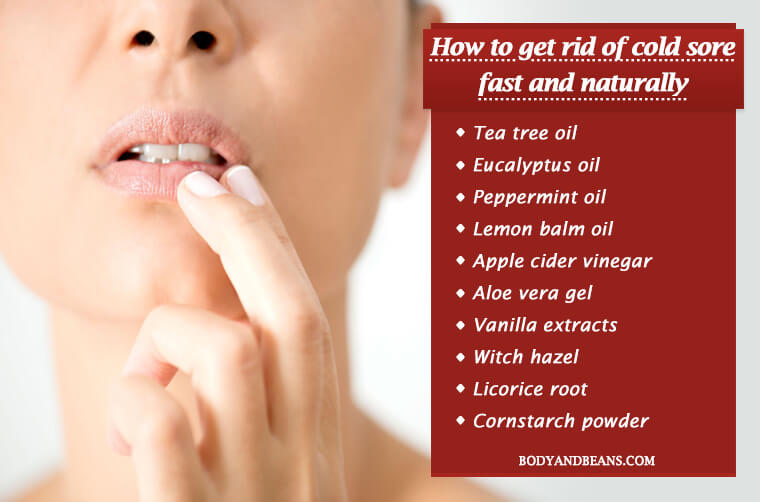 Make sure to check with a doctor first before starting any new medications.
Make sure to check with a doctor first before starting any new medications.
If a heat rash is making you uncomfortable, you can try putting a cool, wet cloth on the area or applying aloe vera cream for temporary relief. You can prevent heat rash by keeping your skin cool and dry while in hot, humid weather.
Jenni Gritters
Jenni Gritters is a Seattle-based freelance journalist who covers health, psychology, business, and travel. You can find her bylines in The Guardian, Wirecutter, Outside magazine, 538, Mindbodygreen, and beyond. When Gritters isn’t working with words, she’s teaching yoga and mindfulness; hiking, camping, and snowshoeing in the Pacific Northwest mountains; and running with her husband and puppy.
Read moreRead less
Heat stroke and sunstroke: symptoms and first aid
Likbez
Health
6 July
If dangerous symptoms appear, there is no time to think.
Signs that heat stroke is coming
Heat stroke is overheating. It happens when the body for some reason cannot cool down, that is, return to a healthy temperature. It is considered to be values from 36.1 to 37.2 ° C.
The causes of overheating can be different: heat, high physical activity, lack of moisture in the body. In general, it doesn’t matter. Heatstroke is equally dangerous, regardless of what caused it.
Sunstroke is a special case of heat stroke. This is a local overheating of the head caused by direct sunlight.
Fortunately, heat stroke does not happen all at once. He has a harbinger – thermal exhaustion. This is a growing condition that signals: the body cannot cope with thermoregulation, it needs urgent help to cool down.
Heat exhaustion can be recognized by the following signs in various combinations:
- Pale, cold, clammy skin.
- Dizziness.
- Weakness and confusion.

- Sensation as if it were getting dark before the eyes.
- Increased perspiration.
- Headache.
- Nausea, slight vomiting.
- Rapid heartbeat.
- Muscle spasms and cramps.
- Dark urine (color indicates dehydration).
Symptoms of heat stroke
If you missed the stage of heat exhaustion and it came to heat stroke, the symptoms will be even more unpleasant:
- Body temperature above 40°C.
- Labored breathing.
- Profuse vomiting.
- Fainting.
- Serious cardiac arrhythmias.
- Possible damage to internal organs due to heat shock.
- Malfunctions in the brain.
All this is very dangerous, not only your health, but also your life is at stake. So take immediate action. Moreover, it is desirable already at the stage of thermal exhaustion.
Heat exhaustion first aid
If we are only talking about the initial symptoms of overheating, the first aid algorithm looks like this.
- Stop physical activity.
- Get out of the sun (out of a hot room) into the shade, into a light draft, into a room cooled by an air conditioner.
- Remove all clothing if possible.
- Place gauze or a towel soaked in cool water on the forehead.
- Drink at least 1-2 glasses of water. This is necessary to eliminate possible dehydration and give the body moisture to produce an adequate amount of sweat.
- Drink rehydron or an isotonic sports drink. Such a liquid contains electrolytes important for metabolism and the functioning of the nervous system. And you could lose them with intense sweating.
First Aid for Heat Stroke
If you or someone around you has already suffered from heat stroke, local assistance may not be effective. Vomiting, cardiac disturbances, pre-syncope are observed – immediately call an ambulance.
Heatstroke is a medical emergency and the person experiencing it needs urgent help.
While the ambulance is on its way, follow the same procedures as for heat exhaustion. To increase the effect, they can be supplemented with “heavy artillery”:
- Surround the victim with ice packs (frozen vegetables and berries are also suitable), wrapped in a thin sheet.
- Place the person in a cold water bath to quickly lower the critical temperature. Attention: this advice can only be used if you (the victim) are assisted by other people. Diving alone is dangerous.
Arriving doctors will assess the patient’s condition. If pre-medical first aid for heat stroke is provided on time and is effective, hospitalization will not be necessary. However, doctors may put you on an IV to replace electrolytes lost with moisture, and suggest blood and urine tests and an ultrasound to determine the condition of the internal organs. With results of analyzes go to the therapist. He will tell you what to do next.
Prevention of heat and sunstroke
If you have had heat stroke, you will be particularly sensitive to high temperatures in the coming week. Therefore, follow these precautions carefully.
Therefore, follow these precautions carefully.
1. Drink more water
Ideally, 2-4 cups of fluids (water, fruit and vegetable juices) every hour you spend in direct sunlight at a high temperature. Especially if you are still doing physical labor in the heat. To sweat effectively, your body needs more moisture than usual. Don’t let it be scarce.
2. Try to spend the hottest hours indoors. Avoid exercising in direct sunlight during this period.
3. Wear light-colored light clothing
Clothing should be as loose as possible to facilitate air circulation around the body.
4. Don’t forget your hat
A hat or panama hat will help prevent sunstroke. A cap and a bandana are not very suitable on a hot day: it is better to choose a light and wide-brimmed headdress.
5. Take frequent cool showers or baths
This will lower your body temperature.
6. Do not drink alcohol or drinks with caffeine
They promote dehydration and constrict blood vessels. Because of this, the body produces less sweat than it needs to cool down.
Because of this, the body produces less sweat than it needs to cool down.
7. Monitor urine color
Dark is a sign of severe dehydration. Look for a few more non-obvious signs in this article.
Read also 😎☝
- 8 things not to do in the heat
- 5 tips for those who can’t stand the heat
- 15 best sunscreens for face and body
- Why you want to sleep in the heat and what to do about it
- How to train in the heat so as not to end up in the hospital
The doctor told me what to do with overheating and heat stroke | Media portal
The doctor told what to do in case of overheating and heat stroke
Subject:
Clinic news
Publication date: 07/09/2020
The therapist of the KFU University Clinic shared her advice.
Hot weather is a real test even for an absolutely healthy person. How to behave in the heat and what measures should be taken if the body is overheated, explained the head of the Therapy Department No. 1 of the University Clinic of Kazan Federal University Ilsiyar Shafigullina.
How to behave in the heat and what measures should be taken if the body is overheated, explained the head of the Therapy Department No. 1 of the University Clinic of Kazan Federal University Ilsiyar Shafigullina.
At the beginning of the conversation, the doctor said that heat stroke is a painful condition of the body that occurs when you stay under the influence of high temperature for a long time. Causes of malaise can be: heat, heavy physical exertion, lack of water in the body.
“Heat stroke does not happen all at once. First, there is a thermal exhaustion of the body, which is evidenced by: pale skin, heavy sweating, rapid pulse, weakness, headache, nausea, dizziness. Seizures may occur. The next stage is the stage of heat stroke, it is characterized by: an increase in body temperature up to 40 degrees, difficulty breathing, vomiting, fainting, a serious heart rhythm disorder, clouding of consciousness,” Ilsiyar Adipovna said and warned that if a heat stroke is suspected, an ambulance should be called.
Therapist at KFU Uniclinic noted that people with chronic diseases of the cardiovascular system, overweight, diabetes, as well as the elderly and children are at risk. They need to be especially careful and try not to leave the house in hot weather from 11 am to 4 pm.
“If you feel unwell in the heat, then you need to find a shade or go into a cool room, remove excess clothing. Place a towel dampened with cold water or an ice pack wrapped in cloth on your forehead. To compensate for the loss of moisture in the body, you need to drink 2-4 glasses of non-carbonated water, juice or fruit drink every hour. If there is a suspicion that it may be a heat stroke, you need to put cold compresses not only on the forehead, but also on the wrists, ankles, and also in the neck area for 30-60 minutes. In no case should you put a cold compress on the chest area, as you can get severe hypothermia!”, the doctor of the highest category instructed.
She also advised against using painkillers, antihistamines, diuretics, and antidepressants during the heat.



